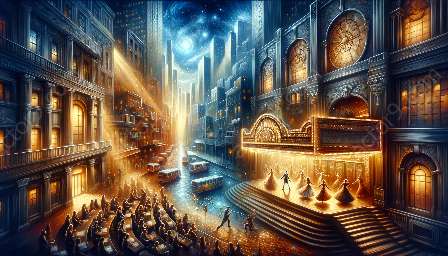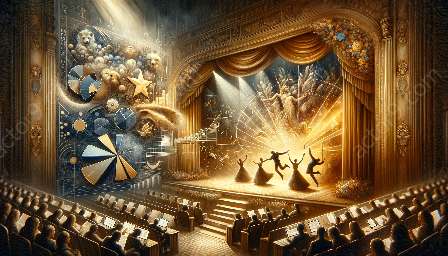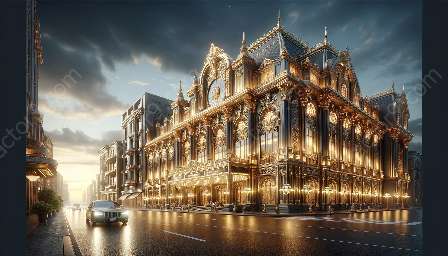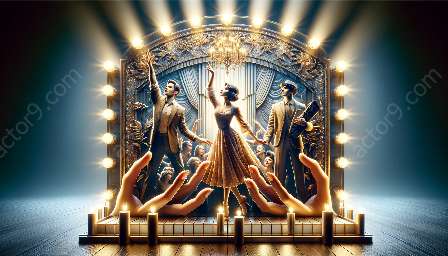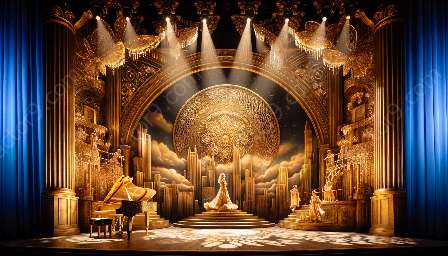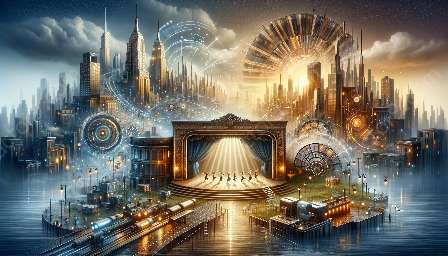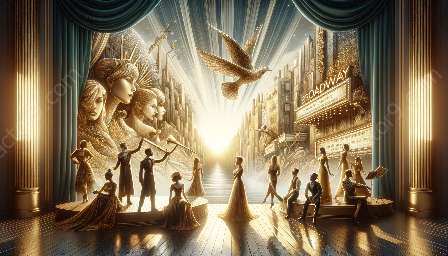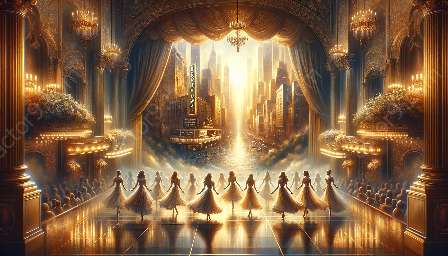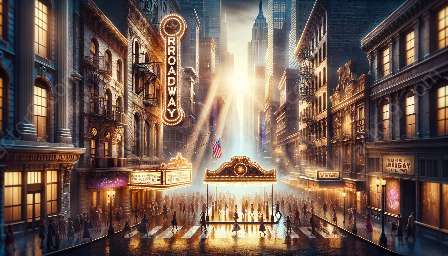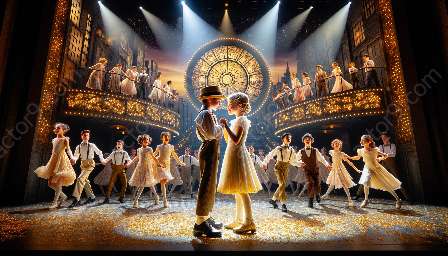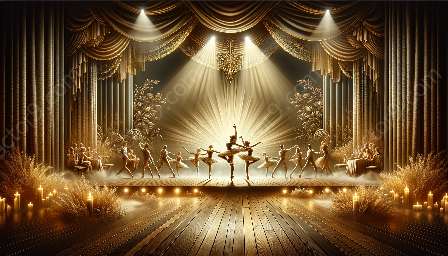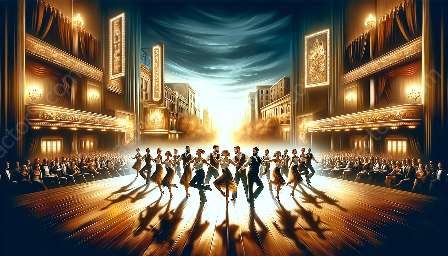Technology has significantly transformed the art of sound engineering in musical theater performances, revolutionizing the way productions are presented on Broadway. In this article, we will delve into the various ways in which technology has influenced and shaped the world of sound engineering in musical theater, and its impact on Broadway productions.
Advancements in Sound Technology
The evolution of technology has brought about remarkable advancements in sound engineering for musical theater. From the early days of traditional amplification systems to the present-day digital sound processing and mixing tools, the field has witnessed a dramatic shift in how sound is produced, distributed, and experienced by audiences.
Digital Sound Processing
Digital sound processing has played a crucial role in enhancing the quality and precision of sound in musical theater. This technology allows for the manipulation and enhancement of audio signals, ensuring that every note, voice, and sound effect is delivered with utmost clarity and fidelity. Sound engineers now have access to a myriad of digital tools and software that enable them to fine-tune every aspect of the audio production process, resulting in a more immersive and captivating sonic experience for theatergoers.
Wireless Audio Systems
Another significant development in sound technology is the widespread adoption of wireless audio systems. These systems have freed performers from the constraints of traditional wired microphones, allowing for greater mobility on stage while maintaining high-quality sound delivery. Wireless technology has not only improved the aesthetic appeal of musical theater performances but has also contributed to a more seamless and dynamic audio production process.
Integration of Sound and Visual Effects
Advancements in technology have facilitated the seamless integration of sound and visual effects in musical theater productions. From sophisticated surround sound systems to interactive audiovisual setups, modern sound engineering techniques have elevated the overall theatrical experience, blurring the lines between auditory and visual artistry. This convergence of sound and visual effects has opened up new creative possibilities for directors, sound designers, and composers, allowing them to craft multi-dimensional and immersive narratives that resonate with contemporary audiences.
Impact on Broadway Productions
The influence of technology on sound engineering has had a profound impact on Broadway productions, redefining the sonic landscape of musical theater. With cutting-edge equipment and techniques at their disposal, sound engineers have been able to elevate the acoustic ambiance of Broadway venues, transforming them into immersive sonic environments that complement the grandeur of musical spectacles. The integration of advanced sound technology has not only enhanced the audience's auditory experience but has also contributed to the overall appeal and success of Broadway productions.
Enhanced Creativity and Artistic Expression
Technology has empowered sound engineers and artists to explore new frontiers of creativity and artistic expression in musical theater. The ability to manipulate and sculpt sound with precision has given rise to innovative soundscapes and arrangements, enriching the emotional depth and storytelling capabilities of musical compositions. Composers and sound designers now have the means to experiment with unconventional sound palettes and spatial audio techniques, pushing the boundaries of sonic artistry and enriching the tapestry of Broadway productions.
Accessibility and Inclusivity
Advancements in sound technology have also contributed to enhancing accessibility and inclusivity in Broadway productions. Hearing-impaired audience members can now benefit from state-of-the-art assistive listening devices and captioning systems, ensuring that the magic of musical theater can be experienced by a wider spectrum of individuals. Moreover, the advancements in sound amplification and distribution have made it possible to create immersive sonic experiences that transcend physical barriers, allowing audiences to be fully immersed in the enchanting world of musical theater.
Conclusion
Technology has undeniably reshaped the landscape of sound engineering in musical theater, playing a pivotal role in redefining the sonic and artistic possibilities of Broadway productions. The seamless integration of cutting-edge sound technology has not only enhanced the auditory experience for theatergoers but has also empowered artists, directors, and sound engineers to push the boundaries of creativity, immersing audiences in captivating and transformative sonic journeys. As technology continues to evolve, it will undoubtedly inspire new innovations and elevate the immersive power of sound in the enchanting realm of musical theater.





